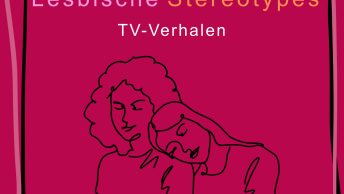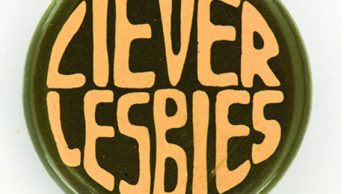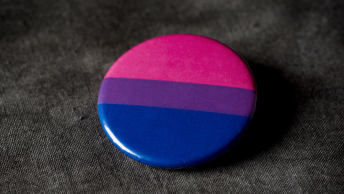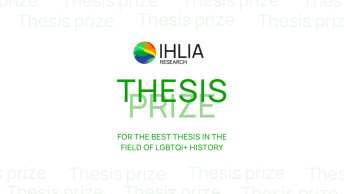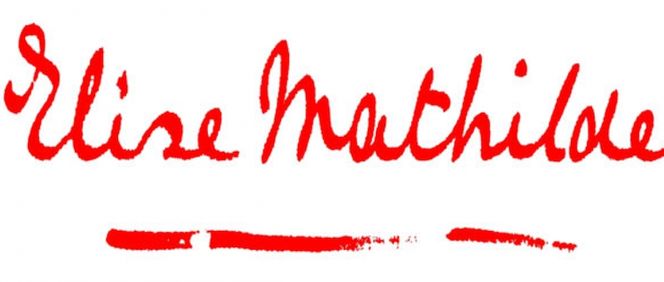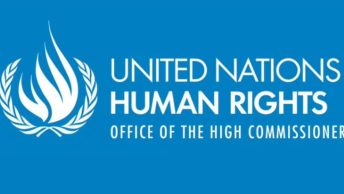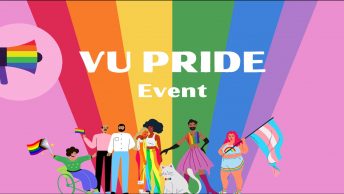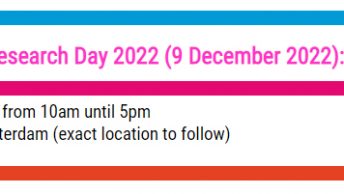In this article, Nynke Feenstra and Looi van Kessel think through the challenges of putting intersectional theory in practice by tracing a history of role models at the intersection of deaf and LGBTQ+ identifications in the Netherlands and the United States.
They argue that, while the concept of intersectionality has taken great leaps in academic debates, formal institutions still sometimes struggle with the practical applications of insights that this concept offers. By looking into the history of Dutch activists such as Bea Visser and advocacy groups such as Roze Gebaar, and the current work of the deaf drag performers Deafies in Drag, Feenstra and van Kessel argue that a more practical attention to the intersection of minoritizing identifications foregrounds tensions and issues that arise from within the deaf and LGBTQ+ communities, as well as from without.
The practice of drawing attention to intersecting minoritizing identifications can be found in the function of role models who identify across different marginalized communities, and thus can help work towards forms of activism that pay attention to specific issue advocacy as well as inclusivity.


